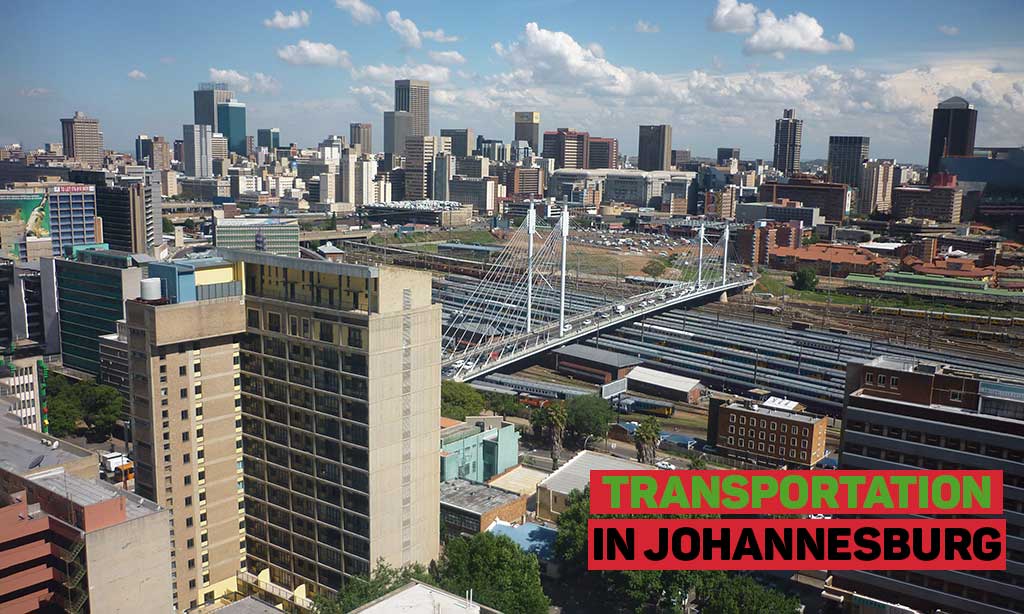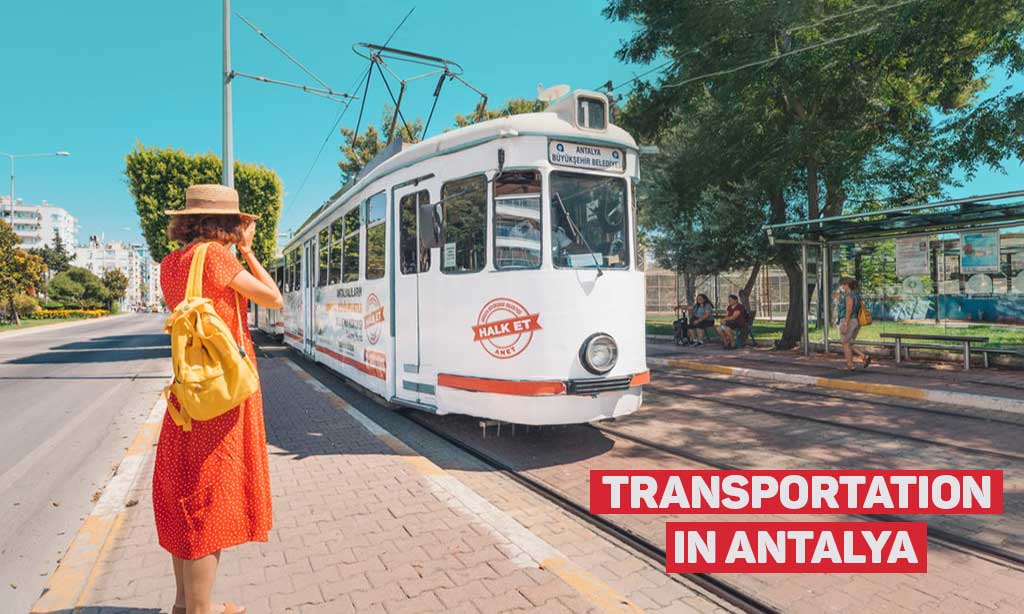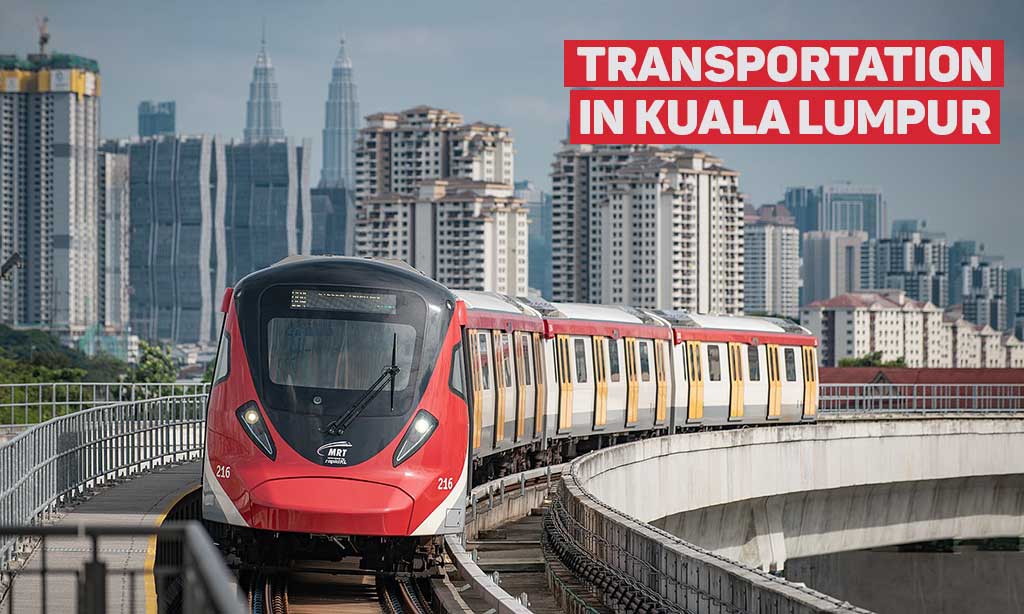Overview: Public Transportation Chicago has a robust transportation system. The Chicago Transit Authority (CTA) stands as the second-largest public transportation system in the U.S., following New York City. Serving both the city of Chicago and its 35 surrounding suburbs, the CTA accommodates approximately 1.6 million people on an average weekday. The system is comprised of 129 bus routes and a rapid transit system, known as the “L” due to its elevated tracks, which consists of eight train lines. The CTA also connects to the Metra train and provides transportation to both of Chicago’s major international airports.
Transport Operators:
- CTA (Chicago Transit Authority): Operates the “L” train system and bus routes throughout the city and its suburbs.
- Metra: A commuter train that connects passengers to the surrounding suburbs from downtown Chicago.
Commuter Rail: The Metra, a fast-traveling commuter train, connects passengers to the surrounding suburbs from downtown Chicago. Key downtown stations include the Ogilvie Transportation Center, LaSalle Street Station, Millennium Station, Van Buren Street, and Union Station.
Buses: The CTA operates 129 bus routes throughout the city and its surrounding suburbs.
Table: Transportation Systems:
| Transportation | Operator Name | Website URL |
|---|---|---|
| Train (“L”) | CTA | CTA Website |
| Bus | CTA | CTA Website |
| Commuter Rail | Metra | Metra Website |
Guide on Ticket Purchasing:
- Fares: The regular fare for the “L” train is $2.50, and for bus lines, it’s $2.25. Options for one-day ($10), three-day ($20), and seven-day ($28) CTA passes are available. The fare from O’Hare International Airport on the “L” train is $5.
- Payment Methods:
- Tickets can be purchased at vending machines at any “L” station using cash or a credit card.
- The Ventra Card can be loaded with value or day passes and can also be added to smartphones or smartwatches via the Ventra app. With Ventra, transfers cost an additional $0.25 for up to two transfers within two hours.
- Contactless payment methods like Apple Pay, Android Pay, or Samsung Pay are also available, but transfers won’t be included.
Major Passenger Airports:
- Chicago O’Hare International Airport: The CTA Blue Line connects downtown Chicago to O’Hare. The journey takes about 45 minutes. The O’Hare train station is located on the lower level concourse, connecting to Terminals 1, 2, and 3. From Terminal 5, passengers can take the complimentary airport shuttle train.
- Midway Airport: The CTA Orange Line connects downtown Chicago to Midway Airport in approximately 25 minutes. The Midway train station is situated just east of the terminal building.
Ways to City Centre from Major Airports:
- From O’Hare International Airport: The CTA Blue Line provides a direct route from O’Hare to downtown Chicago. The journey typically takes about 45 minutes.
- From Midway Airport: The CTA Orange Line offers a direct connection from Midway Airport to the downtown Loop, with a travel time of around 25 minutes.
Renting a Car: Driving in Chicago offers flexibility, but it’s essential to be aware of potential challenges. Traffic congestion, especially during rush hours (6 a.m. to 8 a.m. and 4 p.m. to 6 p.m.), can be significant. Parking can also be a challenge, but apps like SpotHero and ParkWhiz can assist in finding less expensive parking spots in the city.
Cycling Facilities: Chicago is a bike-friendly city. Divvy bikes, a bike-sharing system, are available for rent throughout the city, allowing residents and visitors to explore on two wheels. The city has numerous bike lanes and trails, making it convenient for cyclists to navigate safely.
Walking Facilities: Chicago’s streets are designed on a grid system, making it pedestrian-friendly. The city is conducive to walking, with eight city blocks equating to one mile. Many of Chicago’s attractions are within walking distance of each other, especially in the downtown area. Additionally, the city has made efforts to ensure pedestrian safety with well-marked crosswalks and pedestrian signals.





